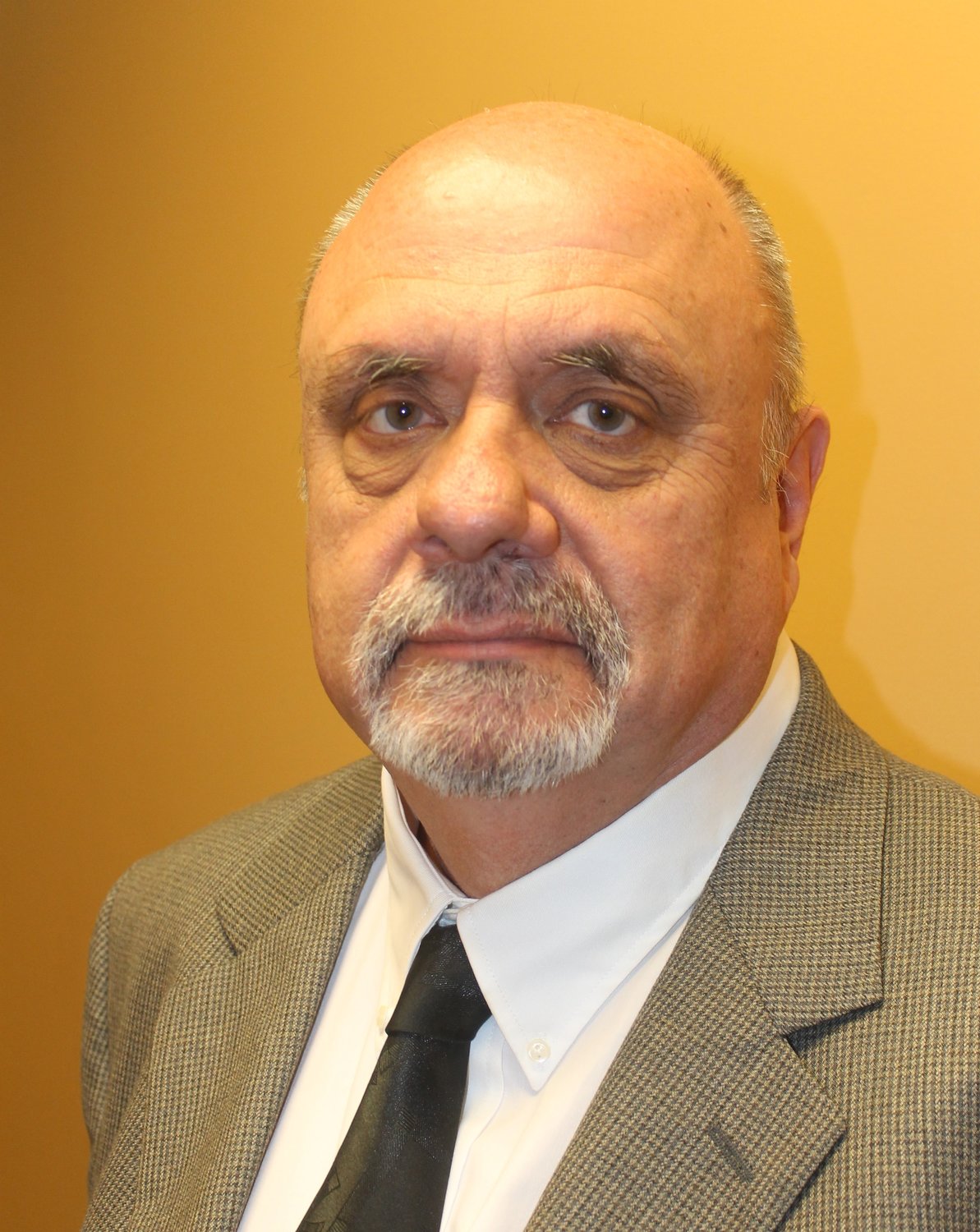Crime, punishment and another bad Jaguars’ draft pick
If the Jacksonville Jaguars had drafted better in 2011, I wouldn’t have been forced to sentence a man to life in prison.
I guess an explanation is in order.
Three weeks after the NFL Draft, I was called for jury duty in St. Johns County. Although there were 250 other residents and only two trials on the docket, I was the second person selected in a blind drawing for one of the trials. The other 210 prospective jurors were sent home.
My trial turned out to be a capital murder case.
When questioned by the prosecution and defense, I naturally assumed my job as a newspaper reporter would lead to my immediate disqualification.
What do you do?
“I’m a newspaper reporter?”
What do you cover?
“Sports.”
Have you read about this case?
“I know we probably have a reporter here, so I don’t want to get in trouble, but no I haven’t read anything. I cover sports.”
Then the judge chimed in.
What did you think of the Jaguars drafting Blaine Gabbert?
“I thought it was a huge reach. They could have gotten a couple of players [defensive end J.J. Watt or cornerback Prince Amukamara] who could step in right now and play. Gabbert will take years to develop and the Jaguars need help right now. They don’t have time to wait.”
The defense apparently agreed and said it approved.
The prosecution said it was happy with me, too.
I was seated as Juror No. 5. All because of Blaine Gabbert.
Steven Leslie Stanaland Jr. was on trial for shooting Jesse “Pee Wee” Whitley 20 years earlier. It was a cold case that was solved after the St. Johns County Sheriff’s Office provided information to media outlets, including mine. That story jogged someone’s memory which led to charges being filed, and Stanaland eventually was arrested.
Whitley was shot three times at close range with a shotgun. The third shot was in the neck. His body then was loaded into Stanaland’s pickup and taken to the St. Johns River. His body was discovered several days later in the water.
I can never forget seeing those photos of the body. Or hearing his embarrassing rants of profanity while he was being duped by his former girlfriend in a controlled call set up by the sheriff’s office.
What none of us saw was the drama in the courtroom. The truth is, being on a jury means spending a lot of time in a waiting room. Each of us was assigned our own deputy who escorted us from the parking lot to the courtroom at the beginning of the day, and back to our car at night. It was unnerving.
The judge ordered us not to watch or read any news accounts of the trial. I had friends call every night to ask if I was all right. What I didn’t know was Stanaland made several threatening and lurid suggestions to the judge. Apparently, he had to be restrained several times when we weren’t in the courtroom.
But everyone on the jury noticed every time we came back into the courtroom there seemed to be more armed bailiffs, including two now positioned directly in front of the judge’s bench.
One of Stanaland’s outbursts included an insult toward the jury. He questioned our ability to decide the facts, saying, “They were picked because they got a driver’s license.”
Of course, I had a license. I also didn’t like Blaine Gabbert.
Quite simply, Stanaland thought Whitley was messing with his girlfriend, Becky Foster. So he killed him. There was no doubt in his guilt.
Foster eventually told detectives the truth 20 years later. She was there when Whitley tried to crawl under a mobile home to escape with his life. She saw Stanaland shoot him, even after she heard Whitley beg for his life.
When we reached a verdict, I knocked on the door to let the court know we made our decision. I looked into the gallery and it was packed with people standing against the walls. There also were at least 20 sheriff deputies in there. I almost threw up walking back into court.
Guilty.
But we weren’t done.
Now came the sentencing. There were seven women and five men on the jury. We heard how he lived a troubled life of abuse and alcoholism. We were told he was redeemable. Five women and one man disagreed and sentenced him to death. Two women and four men, including me, voted for life.
Stanaland must serve at least 25 years before he’s eligible for parole. I still get spooked walking to my car at nighttime.
When the trial ended, I refused to read any stories about it. I was done. I had already seen more than I wanted. It’s not a good memory.
The only solace I now get is knowing Gabbert was indeed a bust. He’s a backup in Tampa Bay who’s started just 48 times with 50 touchdowns and 47 interceptions in 10. Like I said, he was a long-term project.
Just like a life sentence.







